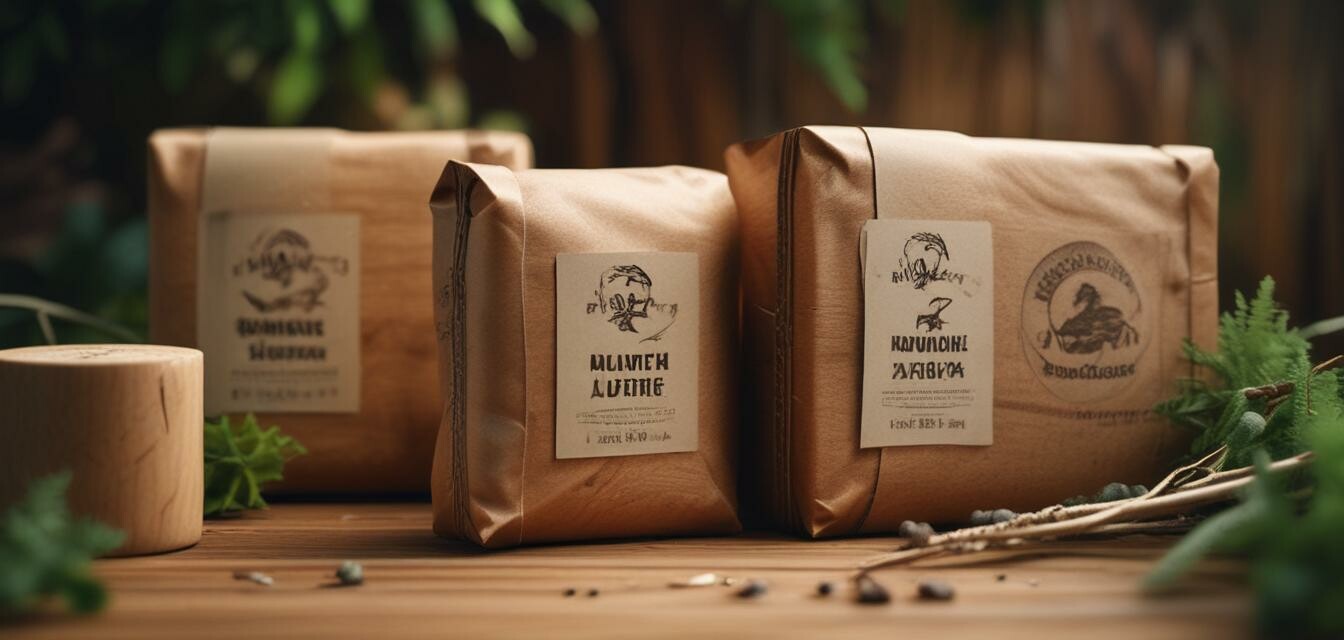
Sustainable Packaging Solutions for Wooden Products
Key Takeaways
- Emphasis on sustainable materials improves environmental impacts.
- Considers the longevity and recyclability of packaging options.
- Adopting sustainable practices can enhance brand reputation.
- Various eco-friendly packaging alternatives cater to different wooden products.
- Implementing green practices can attract eco-conscious consumers.
In today’s world, the importance of sustainability is at the forefront of consumer choice. As a provider of beautiful natural wood products, ensuring that your packaging is eco-friendly not only contributes to the well-being of our planet but also complements the essence of your products. This article explores sustainable packaging solutions specifically for wooden items and how vendors can adopt greener practices.
Understanding sustainable packaging
Sustainable packaging refers to packaging solutions that have a minimal impact on the environment throughout their lifecycle. It encompasses materials that are sourced responsibly, designed for reuse, and can be recycled or composted. For wooden products, the focus lies not only on the materials used but also on the efficiency and utility of the packaging.
Benefits of sustainable packaging
- Environmental impact: Reduces landfill waste and pollution.
- Cost savings: Often leads to reduced costs in shipping and materials through efficiency.
- Brand loyalty: Consumers are increasingly favoring brands with sustainable practices.
Eco-friendly packaging options for wooden products
Many sustainable options are available for packaging wooden products, which not only protect items during transport but also emphasize environmental responsibility. Here are some effective choices:
| Packaging Option | Description | Pros | Cons |
|---|---|---|---|
| Biodegradable wraps | Compostable materials that mimic plastic wraps. | Environmentally friendly, degrades naturally. | May not provide as much durability as plastic. |
| Recycled cardboard | Use of previously used cardboard for boxes and containers. | Cost-effective and widely recyclable. | Quality may vary based on previous usage. |
| Cornstarch packing peanuts | Peanuts made from cornstarch that dissolve in water. | Recyclable and biodegradable. | Less effective in cushioning heavier items. |
| Paper tape | Tape made from recycled paper for sealing boxes. | Fully recyclable and less wasteful than plastic tape. | May not offer the same strength as traditional tape. |
| Reusable fabric bags | Sturdy fabric that can be reused multiple times. | Promotes sustainability and adds value for customers. | More expensive upfront compared to single-use options. |
Adopting sustainable packaging practices
Implementing sustainable packaging requires a strategic approach. Here are steps vendors can take to ensure they are making eco-friendly decisions:
- Assess current packaging materials for sustainability.
- Research and invest in sustainable suppliers.
- Educate consumers on the environmental benefits of their packaging.
- Monitor and improve packaging efficiency regularly.
- Utilize branding to communicate commitment to sustainability.
Examples of brands embracing sustainability
Many brands in the wood industry are setting a precedent for sustainable practices. They focus on reducing their carbon footprint not just through materials but also through their overall packaging strategies. Some inspiring examples include:
- Utilizing reclaimed wood and environmentally friendly inks.
- Partnering with local suppliers to reduce shipping emissions.
- Offering incentives for customers who recycle or return packaging.
How to inspire consumers
Consumers today are more environmentally conscious than ever. Educating them about your sustainable packaging options can build trust and inspire loyalty. Here are some tips:
- Provide clear labeling on packaging materials.
- Share stories about sourcing and manufacturing processes.
- Engage through social media to highlight sustainability efforts.
Conclusion
Making the shift towards sustainable packaging for wooden products can be beneficial for the planet and your business. By considering eco-friendly options and communicating transparently with your consumers, you can build a resilient brand that resonates with the values of today’s society. For more insights on best practices, check out our Sustainable Practices category.
Pros
- Enhances environmental responsibility.
- Improves brand image and consumer loyalty.
- Offers potential cost savings in materials and shipping.
Cons
- May require initial investment in new materials.
- Some sustainable options may lack durability.
- Transition period may disrupt existing workflows.
Further resources and reading
If you’re interested in exploring more about sustainable practices in woodworking, consider these resources: